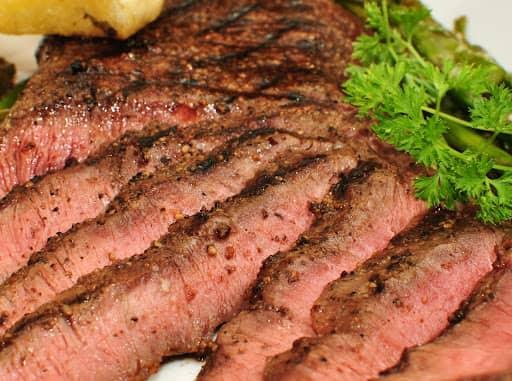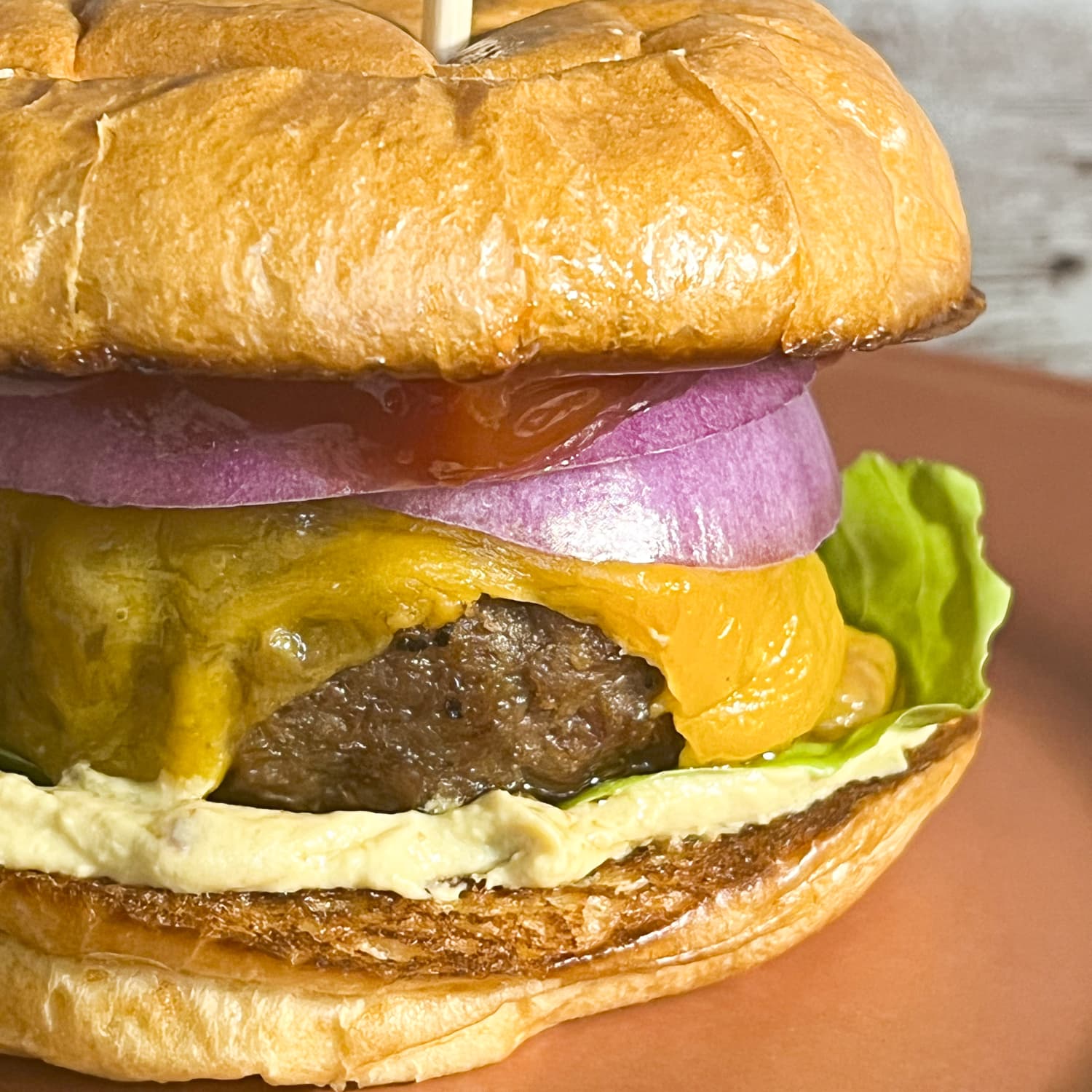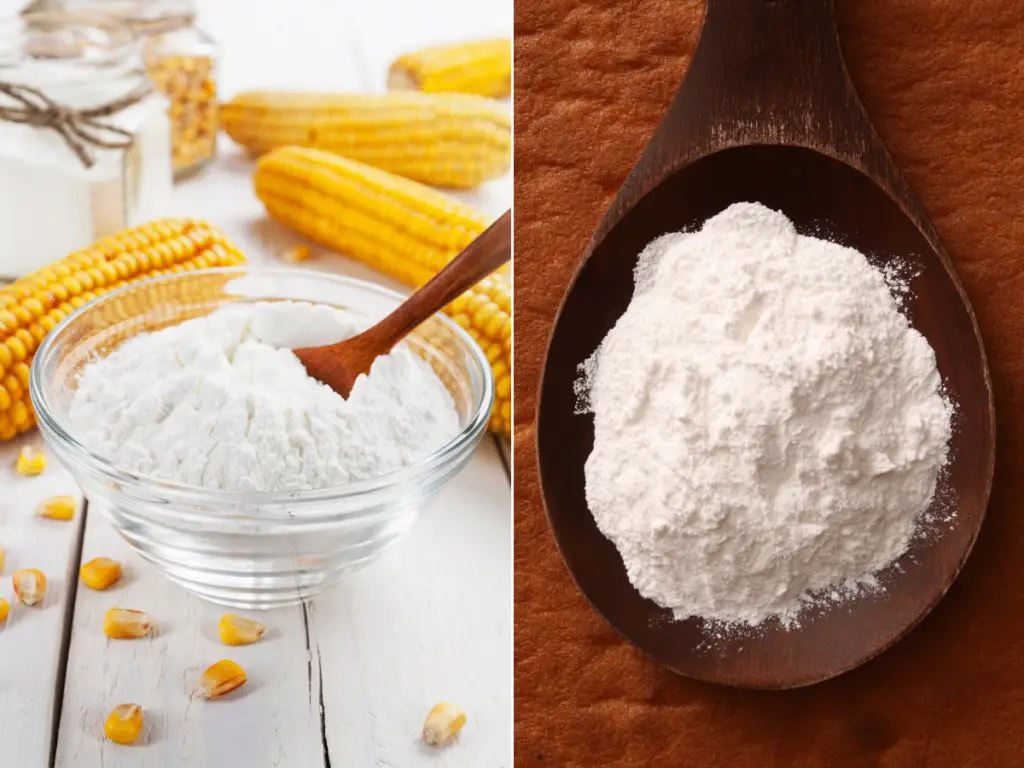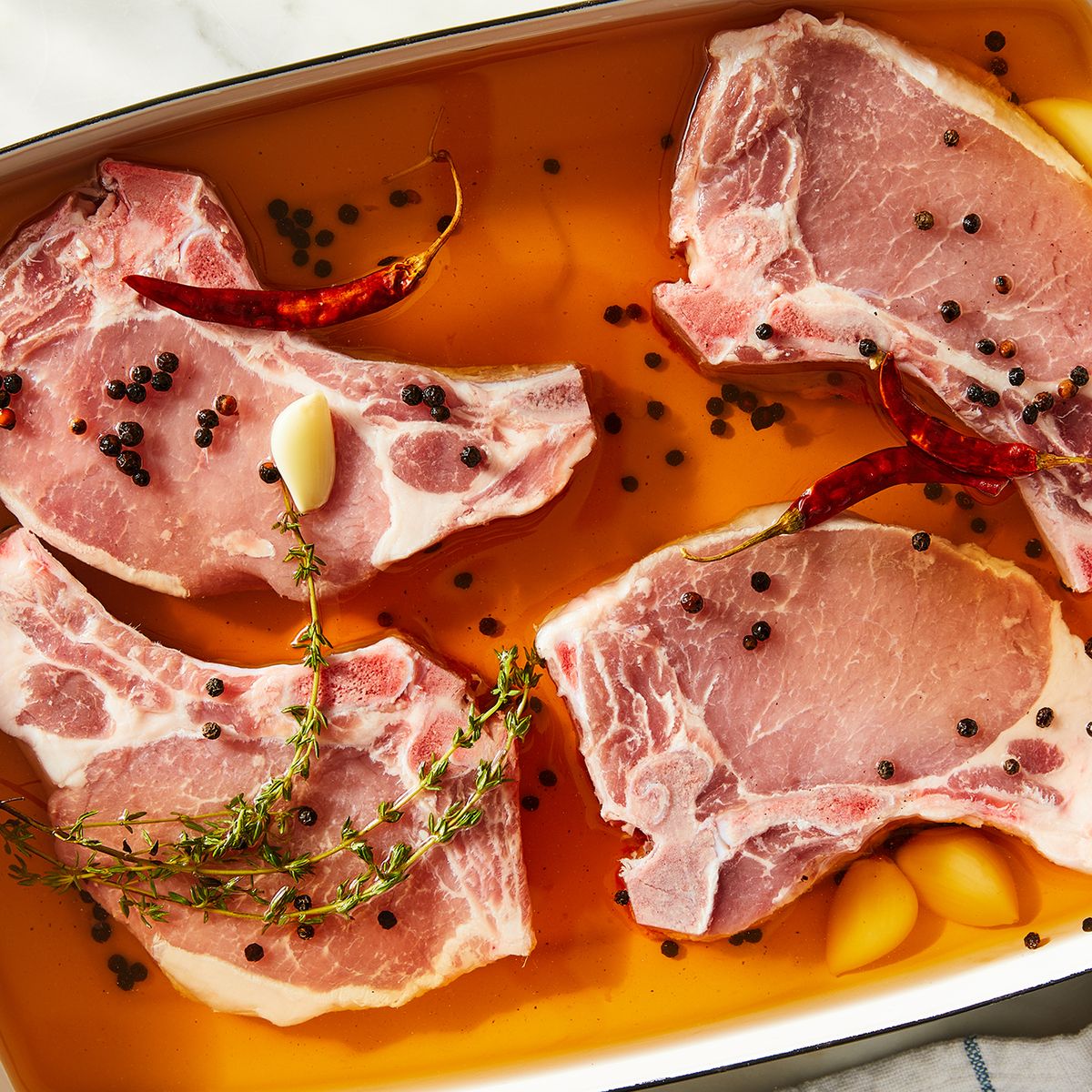
Ingredients that challenge our taste buds and resist easy classification are always intriguing. Rhubarb fits this description perfectly—it’s a vegetable that legally masquerades as a fruit, with a taste profile as complex as its identity. Today, a deep dive into the world of rhubarb will answer the question that many curious cooks want to know: what does rhubarb taste like?
What does rhubarb taste like?

The Truth of Raw Rhubarb’s Flavor Profile
Let’s start with rhubarb in its most natural state. If you’ve ever wondered what raw rhubarb tastes like, prepare yourself for an adventure in tartness. Raw rhubarb delivers a mouth-puckering sourness that rivals fresh lemons. The crisp stalks, which share a textural similarity with celery, pack a powerful punch that can make even the bravest taste testers wince.
But here’s where it gets interesting—below that initial sharp tartness, raw rhubarb harbors subtle complexities:
- A hint of green apple-like crispness
- Subtle vegetal notes reminiscent of celery
- A whisper of berry-like fruitiness
- An underlying earthiness that grounds the flavor
While eating raw rhubarb isn’t common (and many find it overwhelmingly tart), I always encourage curious cooks to try a small slice. It’s the best way to understand this ingredient’s transformation through cooking and appreciate why it’s become such a beloved spring staple.
The Taste of Cooked Rhubarb

The Unique Taste of Cooked Rhubarb
Cooking significantly changes rhubarb’s flavor profile. When exposed to heat, rhubarb undergoes a fascinating transformation that explains its popularity in sweet and savory dishes.
The Cooking Transformation
When cooked, rhubarb:
- Softens considerably, losing its celery-like crunch
- Develops a more mellow tartness
- Releases natural pectin, creating a luxurious, jam-like consistency
- Reveals more of its fruity undertones
- Takes on an almost wine-like complexity in longer-cooked preparations
The duration of cooking significantly impacts both texture and taste. Quick cooking maintains some structural integrity and produces a brighter, more pronounced flavor, while longer cooking creates that classic, sauce-like consistency perfect for compotes and preserves.
The Sugar Factor
Most cooked rhubarb preparations include sugar, and there’s a good reason for this. Sugar doesn’t just make rhubarb more palatable; it helps develop and enhance the vegetable’s natural fruity qualities. When properly sweetened, cooked rhubarb offers:
- A balanced sweet-tart flavor profile
- Enhanced berry-like notes
- A more complex, nuanced taste
- A pleasant, mouth-filling richness
What Does Rhubarb Pie Taste Like?

Rhubarb Pie’s Flavor Profile
Ah, rhubarb pie—the preparation that earned rhubarb its nickname, “the pie plant.” A well-made rhubarb pie is a masterclass in flavor balance, offering a taste experience that’s greater than the sum of its parts.
Pure Rhubarb Pie
A traditional rhubarb pie delivers
- A bright, tangy-sweet filling that’s reminiscent of tart apples but with a more complex, berry-like undertone
- A custard-like consistency that’s both creamy and slightly stringy (in the best possible way)
- A deep, almost caramelized sweetness that develops during baking
- A pleasant tartness that cuts through the richness of the buttery crust
The Famous Strawberry-Rhubarb Combination
There’s a reason strawberry-rhubarb pie has become such a classic. This pairing creates a perfect harmony where:
- The strawberries’ natural sweetness complements the rhubarb’s tartness
- Both fruits contribute to a gorgeous ruby-red color
- The textures meld perfectly during baking
- The combination creates a more complex flavor profile than either ingredient alone
Variety in Rhubarb Types
Not all rhubarb tastes the same. The variety you choose can significantly impact the flavor profile.
Forced Rhubarb
- Characterized by pink stalks and yellowish leaves
- Offers a more delicate, subtle flavor
- Generally less fibrous
- Perfect for those new to rhubarb
- Often preferred for desserts
Maincrop Rhubarb
- Features thicker stalks with deep red coloring
- Delivers a more robust, intense flavor
- Has a crunchier texture
- Ideal for experienced rhubarb lovers
- Works well in both sweet and savory applications
Rhubarb’s Savory Side
While most people associate rhubarb with sweet preparations, its natural tartness makes it a fantastic ingredient in savory dishes. Here’s how rhubarb’s taste contributes to various savory applications:
In Sauces and Chutneys
- Provides bright acidity that cuts through rich, fatty meats
- Adds complexity to traditional condiments
- Creates a natural thickening effect through its pectin content
- Brings an unexpected fruity note to savory preparations
In Marinades and Braises
- Helps tenderize meat through its natural acids
- Adds depth and complexity to cooking liquids
- Creates a pleasant tang in the final dish
- Balances rich, fatty cuts of meat
Read more: What Does Eggplant Taste Like? Ways to Master This Versatile Vegetable
Seasonal Considerations and Taste
The taste of rhubarb can vary significantly depending on when it’s harvested.
Early Spring Rhubarb
- Tends to be more tender
- Often has a milder flavor
- May require less sugar in recipes
- Perfect for delicate preparations
Late Season Rhubarb
- Generally more robust in flavor
- Can be more fibrous
- May need additional sweetening
- Better suited for bold preparations
Cooking Tips for Perfect Rhubarb Flavor
To get the best taste from your rhubarb, consider these professional tips:
For Sweet Dishes
- Always taste your rhubarb before adding sugar; tartness can vary significantly.
- Consider using vanilla to enhance the natural fruity notes
- Don’t overcook if you want to maintain some texture
- Remember that the flavor will concentrate as preserves and compotes cool
For Savory Applications
- Use less sugar or none at all to maintain the natural tartness
- Pair with aromatics like ginger, garlic, or shallots
- Consider quick-cooking methods to maintain some texture
- Use the cooking liquid—it’s full of flavor
Safety Note
While we’re exploring rhubarb’s taste, it’s crucial to mention that only the stalks are edible. The leaves contain high levels of oxalic acid and are toxic. Additionally, if the plant has been frozen, avoid eating the stalks, as toxins from the leaves may have migrated into them.
Rhubarb Flavor Enhancements
Rhubarb’s unique taste profile makes it an excellent partner for various ingredients:
Sweet Companions
- Strawberries (the classic pairing)
- Vanilla
- Ginger
- Other berries
- Cream
- Honey
Savory Friends
- Pork
- Duck
- Lamb
- Fresh herbs (especially mint)
- Onions
- Garlic
Conclusion
Rhubarb’s taste is a journey rather than a destination. From its bracingly tart raw state to its transformed, sweetened incarnations, this versatile vegetable offers a wealth of culinary possibilities. Whether you’re a dedicated rhubarb enthusiast or a curious newcomer, understanding its taste profile is key to making the most of this unique ingredient.
The next time someone asks you, “What does rhubarb taste like?” you can tell them it’s a symphony of tartness, subtle sweetness, and complexity that changes with each preparation method. It’s an ingredient that rewards experimentation and patience, offering different taste experiences depending on how you choose to prepare it.
Learn More About Grilling
If you want to learn more about grilling, check out these other helpful resources!










